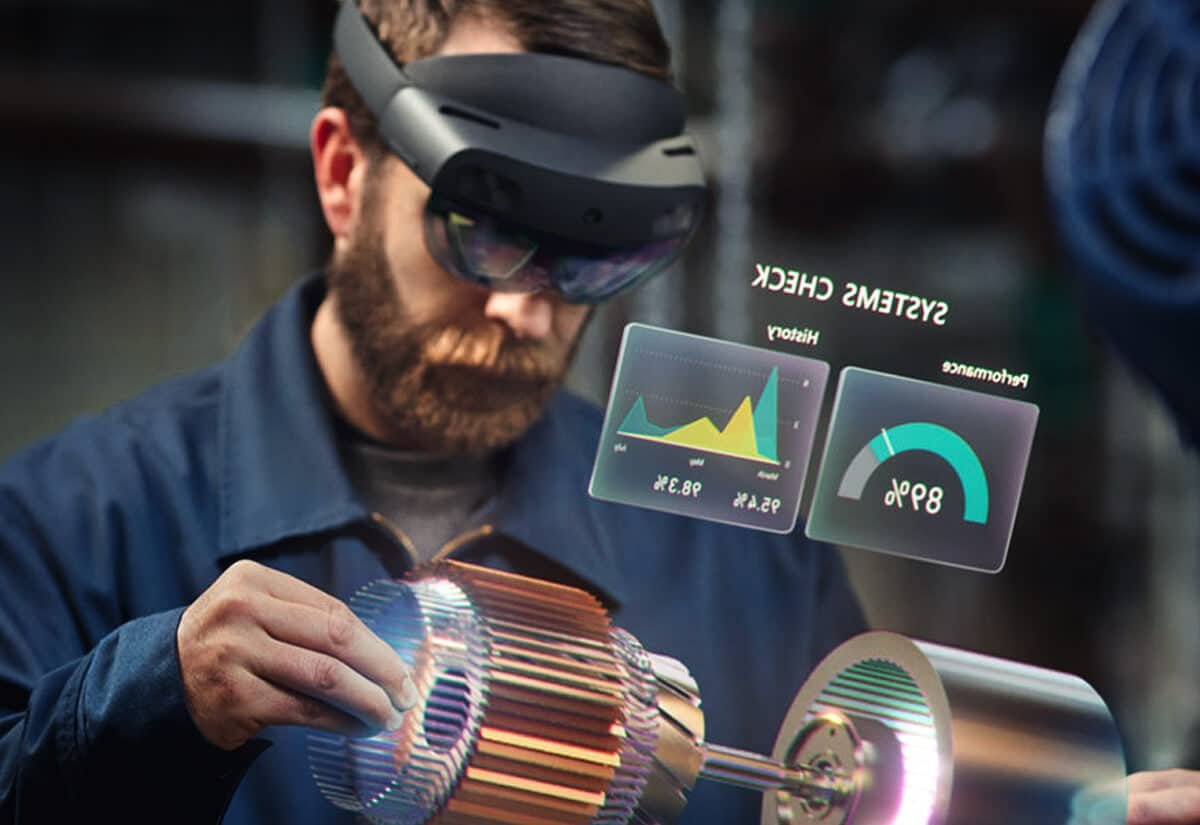
Mixed reality (MR) is a captivating and transformative technology that has gained significant attention in recent years. It stands at the intersection of virtual reality (VR) and augmented reality (AR), promising to reshape how we interact with the digital and physical realms. With MR, the boundaries between the two worlds blur, offering a myriad of possibilities for industries ranging from gaming and education to healthcare and design.
The Foundation of Mixed Reality
Mixed reality is built upon a foundation of immersive technologies, combining elements of both VR and AR. In virtual reality, users wear a headset and occasionally other devices like hand controllers to become fully immersed in a computer-generated scene. Contrarily, augmented reality uses smartphone screens or smart glasses to superimpose digital information over the physical world. By seamlessly integrating digital components into the real environment, MR advances these ideas.
Understanding the Continuum
To better grasp mixed reality, it helps to visualize it as a continuum. At one end, you have the physical world, entirely unaltered. On the opposite extreme is full virtual reality, when a computer environment completely takes the place of real life. In between these extremes lies the spectrum of mixed reality, where digital and physical elements coexist in varying degrees.
The Role of Hardware
Mixed reality experiences rely heavily on hardware devices. While early MR systems were often clunky and cumbersome, recent advancements have led to sleeker, more accessible options. MR headsets that let users view and interact with digital items in their physical surroundings include the Microsoft HoloLens and Magic Leap One. These headsets employ sensors, cameras, and sophisticated algorithms to understand and map the user’s environment, ensuring a coherent blending of the real and digital worlds.
Applications Across Industries
Mixed reality has made significant inroads across various industries, with promising applications in each:
Gaming: MR has the potential to revolutionize gaming by merging virtual and real environments. Players can interact with game characters and objects in their living rooms, backyards, or any other actual location to experience an entirely new level of immersion and involvement.
Education: In the classroom, mixed reality can transform the learning experience. Students can explore historical events, dissect virtual organisms, or take virtual field trips to far-flung places, all within the confines of their physical school environment.
Healthcare: Surgeons can use MR to overlay critical patient data onto their field of view during surgeries, making procedures safer and more efficient. Patients can benefit from MR therapy sessions, which blend real-world settings with therapeutic exercises.
Design and engineering: By seeing their designs in actual environments, architects and engineers are better able to decide on the construction or creation of new products. The design process is streamlined by this technology, which also lowers the possibility of expensive mistakes.
Retail: Mixed reality enhances the shopping experience by enabling customers to see how products fit into their lives before making a purchase. Virtual try-ons for clothing and furniture are becoming increasingly common, making online shopping more interactive and satisfying.
Challenges and Limitations
While mixed reality holds tremendous promise, it also faces several challenges:
Cost: High-quality MR hardware can be expensive, limiting its accessibility to the broader population. However, prices are anticipated to decline over time as technology develops.
Content Creation: Developing compelling MR experiences requires specialized skills and tools. Content creators need to design 3D models, integrate real-world data, and optimize experiences for various hardware platforms.
Privacy and Security: As MR devices collect data about users and their environments, concerns about privacy and security become paramount. It’s essential to establish robust privacy protocols and security measures.
Physical Constraints: MR experiences are still constrained by physical limitations. Users need enough space to interact with digital elements comfortably, and outdoor use can be limited due to environmental factors like bright sunlight.
The Future of Mixed Reality
The future of mixed reality is brimming with possibilities. As technology continues to advance, we can expect to see several key developments:
Widespread Adoption: As hardware becomes more affordable and user-friendly, MR is likely to become a household technology, used for a wide range of daily tasks and entertainment.
Enhanced Interactivity: Future MR experiences will offer even greater interactivity, allowing users to manipulate digital objects with their hands, voice commands, or even gestures.
Collaboration and Communication: MR will reshape how we collaborate and communicate. Virtual meetings will become more immersive and lifelike, bridging geographical divides with lifelike avatars in shared virtual spaces.
AI Integration: AI will play a crucial role in mixed reality, enhancing the realism and responsiveness of virtual elements. AI-driven virtual characters will become more intelligent and adaptive, making interactions feel increasingly natural.
Medical and Therapeutic Applications: MR has immense potential in the medical field, from assisting in complex surgeries to offering innovative therapies for mental health conditions and rehabilitation.
Conclusion
Mixed reality is a technology poised to transform our world, offering new ways to interact with and perceive the digital and physical realms. As hardware becomes more accessible and content creation tools improve, MR is set to revolutionize industries ranging from entertainment and education to healthcare and design. The perfect fusion of the physical and digital worlds possible with mixed reality has the potential to profoundly alter the way we live. This unique and interesting technology has a promising future since it will continue to close the gap between our physical and digital experiences.
